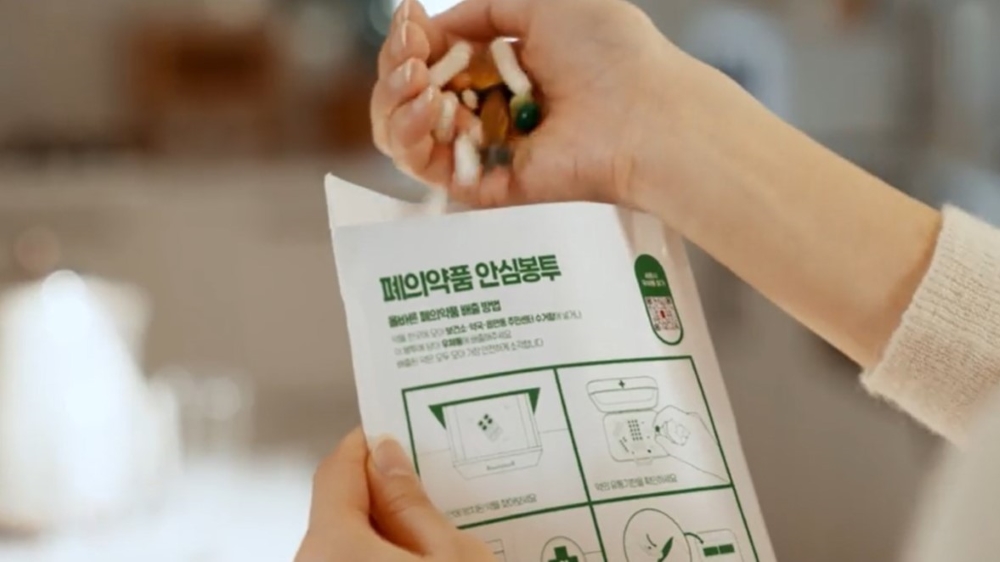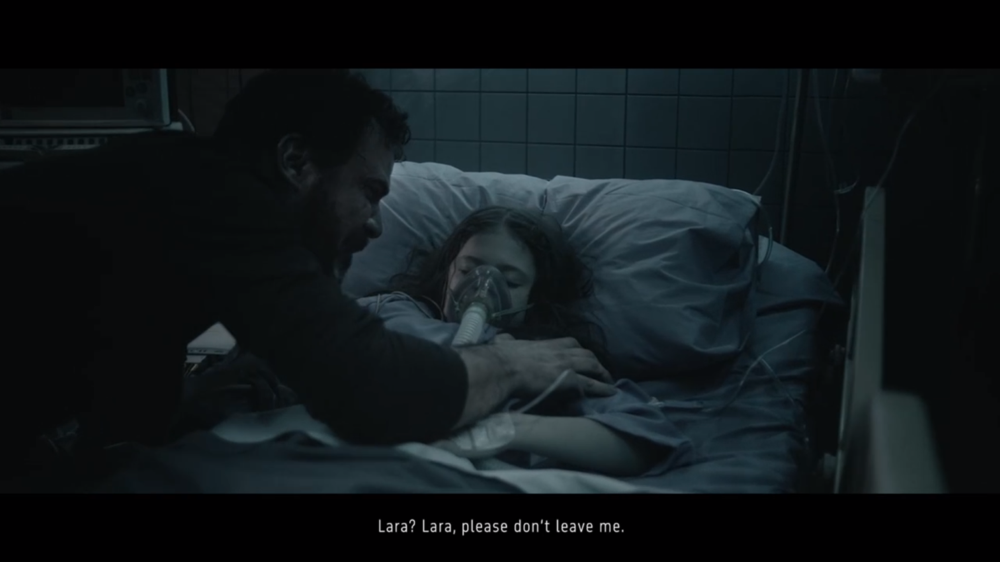Looking back on the winners of the 2023 New York Festivals AME Awards, which recognise advertising and marketing effectiveness, WARC’s Sam Noble unpacks six campaigns that told stories with and about human spaces to meet commercial goals and drive meaningful change.
Homes, hospitals, bedrooms, bathrooms – human spaces see us change, and also change with us. From the evolving nature of the home in urbanising societies, to shared spaces becoming fulcrums of social progress, the spaces we live in and rely on are inescapable parts of our lives, and can also be effective vehicles for marketing communications.
This is reflected in a clutch of winning campaigns from the 2023 AME Awards that bucked the trend of advertising based on first-person, dislocated perspectives. These campaigns, all originating from non-Western countries, show societies around the world coming to terms with housing shortages, environmental damage, war and cultural conflict by placing strategic and creative emphasis on relatable, lived-in spaces and environments, drawing on their pain points and using them as levers for cultural change and commercial success.
Feeling the squeeze
Harbin, a Chinese beer owned by AB InBev, wanted to drive sales, engagement and key brand attributes among young Chinese football fans during the 2022 FIFA World Cup.
However, any activation would be limited by a strict zero-COVID policy. Unable to congregate in public spaces, young Chinese were resorting to seeing friends in their apartments, which were on average 15 square metres with 3.2 seats each – far from the ideal location for a football watch party.
Acknowledging the squeeze in home size for young Chinese city dwellers, Harbin designed the Sit-Pack, a pop-up bench made from a custom pack of beer, to improve the home-viewing experience with friends.

This understanding shown by a major FMCG translated into immediate results: an influencer-led sales event garnered over 22m TikTok views with the Sit-Pack selling out in under one minute; “For Young People”, “Share with Friends” and “Innovative Brand” metrics all saw improvement; and the promoted SKU achieved 51.41% year-on-year growth compared to the previous December.
Reframing the home
Identifying the home as a powerful stage for cultural change, Leo Burnett Middle East’s The Homecoming and The Hidden Room campaigns, commissioned respectively by furniture brands Home Centre and Home Box, won Gold and Silver AMEs for the agency.
Addressing the taboo around adoption in the Middle East, Home Centre’s The Homecoming led with a narrative film showing a young couple preparing their home for the arrival of an adopted child, while The Hidden Room drew attention to cramped living conditions afforded to domestic workers across the region.

As with the best purpose-driven marketing, these campaigns told convincing, believable stories by aligning their brands with a relevant and actionable cause. Both sets of creative work promoted the companies’ products (Home Centre’s infant’s range and a new line of compact furniture from Home Box), while framing them as part of a wider mission to redraw regional definitions of the home by including marginalised groups.

Despite initial controversy, both campaigns proved highly effective. The Homecoming won $6.2m in earned coverage for a media ROI of 33.3:1, including support from influential religious leaders; sentiment shifted from 50% negative to 82% positive; and the campaign supported the adoption of over 7,300 children. The Hidden Room helped convince 84% of affluent homeowners that their employees deserved better living conditions, and more than 137,000 female domestic workers saw these conditions improve; moreover, the company exceeded its volume sales target by 112.5%.
Making spaces safer
Sometimes events are such that, before making considerations around nurturing and growing the home, the first priority is simply to make our spaces safe.
Syria’s decade-long civil war has displaced millions, and children’s retailer Babyshop sought to create a sense of safety and calm for children living in the country’s refugee camps, one in three of whom had shown signs of psychological trauma.
In its Frequencies of Peace campaign, the brand interrupted normal broadcasting on Syria’s largest radio stations to play an Arabic lullaby at 8pm to soothe children to sleep, offer a modicum of normality and remind adults that children were suffering too.

The ongoing initiative is heard by 4 million Syrian listeners every night, and additional earned media coverage has reached 147,860,000 people worldwide.
In a more peaceful but nonetheless hazardous context, Mail Old Meds, a campaign by Korea Post and The Korean Pharmaceutical Association, set out to keep the home safe from unused medication.
Fifty-six percent of South Koreans said that they throw unused medicines in the trash or flush them down the drain, with 36% leaving them somewhere in the house, increasing the risk of poisoning children, drug abuse and local environmental damage.
Concerned, the South Korean organisations turned prescription packaging into prepaid envelopes that carried information about these risks to the home and instructions for the safe disposal of expired medication.

An initial activation in Sejong City led to 1,950kg of expired medicine being collected in the first three months of the campaign, with the year-on-year collection rate increasing by 116.3%; its success in creating behavioural change has led the South Korean government to announce plans to extend the campaign across the country.
Alongside homes, communal spaces are also vital parts of our day-to-day lives. Among them, hospitals are typically seen as life-preserving safe havens, but an energy crisis in Lebanon had rendered them unreliable, and even deadly, as life support systems failed along with electricity supplies.
LOGI Energy, a consortium of Lebanese energy professionals, created The Right to Power, a campaign that leveraged the human impact of the crisis to raise global awareness and pressure an uncooperative national government into adopting an electricity reform plan.
LOGI produced a film set in a darkened ward to capture the cruel reality of an energy-deprived hospital, in which a father despairs over his daughter’s deteriorating condition, but domestic media organisations tied to the government refused to air the creative.

Instead, LOGI launched a campaign aimed at global opinion. The NGO secured overseas cinema spots and features on 36 foreign TV channels for a media ROI of 1799%. Gaining traction on social media, more than 100,000 viewers signed an online petition that pressured the Lebanese government to institute energy reform, leading to an extra 25% of electricity output reserved for the healthcare sector each day.
Adoption, drug abuse, power shortages, drinking with friends – these campaigns all tackled issues that could easily have been represented in alternative, even abstract environments.
Despite being executed through a variety of media channels, from film to social commerce and print products, they all conveyed a clear sense of place. Each of these campaigns shared the idea of improving the human spaces they chose to represent in some way, leveraging the emotional connections we feel towards the places we inhabit to effect behavioural change and commercial success.
The winners of the 2023 AME Awards were announced in August, and are available to read here on WARC.

